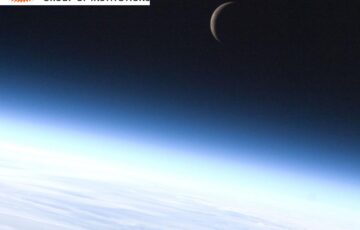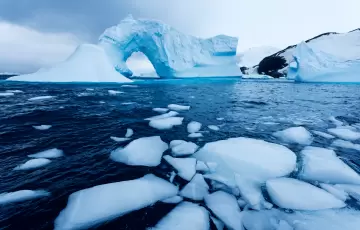What are atmospheric lakes? Highlight their characteristics.
Approach:
- Write a brief introduction about atmospheric lakes.
- Discuss their characteristics.
- Conclude accordingly.
Answer:
Atmospheric lakes are long lived pools of moisture/unique storms that originate as a concentrated long thin string of water vapor over the Indo-Pacific region and flow towards dry lowlands along East Africa’s coastline. Recently, this meteorological phenomenon has been observed for the first time over the western Indian Ocean.
Characteristics of atmospheric lakes:
- In contrast to conventional storms created by vortexes, the compact, slow-moving storm hovering above the Indian Ocean contains large concentrations of water vapor dense enough to produce a large amount of precipitation.
○ These atmospheric lakes have been likened to atmospheric rivers, which are long, narrow plumes of dense moisture continue from source to the shoreline. But, unlike atmospheric rivers, slow-moving atmospheric lakes detach from the weather system that comes to produce them.
○ Like the atmospheric rivers that are famous for delivering large amounts of precipitation, atmospheric lakes start as filaments of water vapor in the Indo-Pacific.
- They generally last longer than six days, occur several times a year, and occur within 10 degrees of the Equator in all seasons. Lakes farther off the Equator also occur, and sometimes those become tropical cyclones.
- Their movement might be due to some feature of the larger wind pattern, or perhaps that the atmospheric lakes are self-propelled by winds generated during rain production.
- The winds that carry these lakes to coastal areas are so tantalizing, delicately near zero (wind speed), that everything could affect them.
If all the water vapor from these lakes were liquified, it would form a puddle only a few centimeters deep and around 1,000 kilometers wide. This amount of water can create significant precipitation for the dry lowlands of eastern African countries where millions of people live.
However, there are many unknown aspects such as why these atmospheric lakes separate from the river-like pattern from which they form, and how and why they move forward. Also, their interaction with climate change related factors is not known. As a result, it is necessary to better understand this phenomenon in order to utilize the information for the benefit of mankind.






